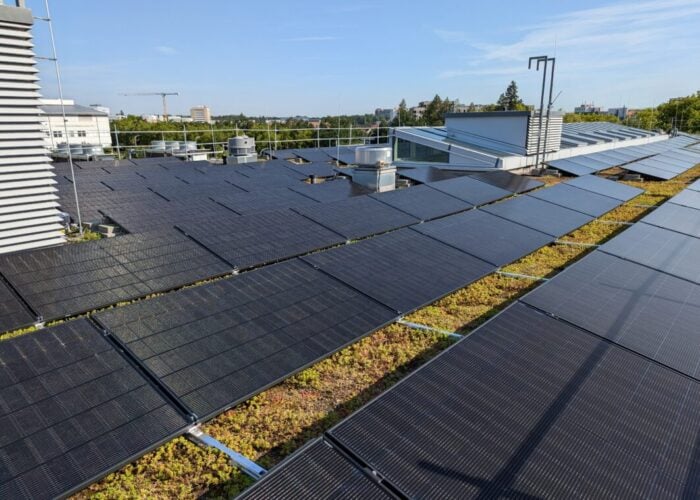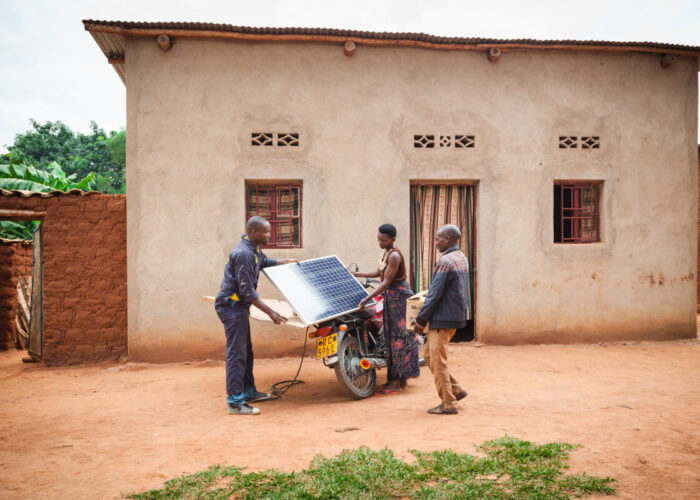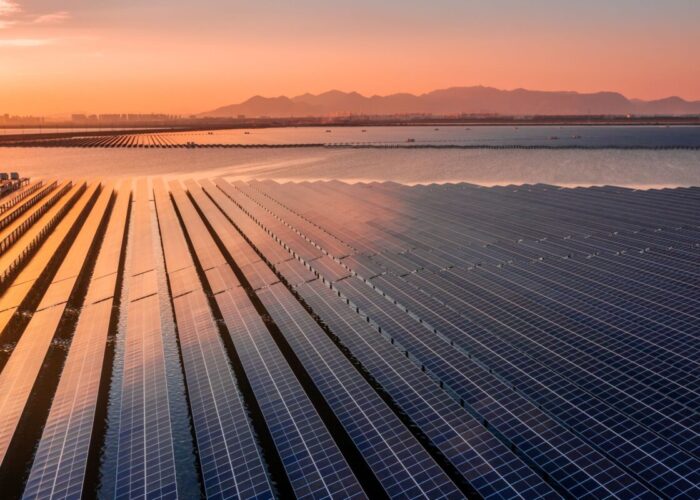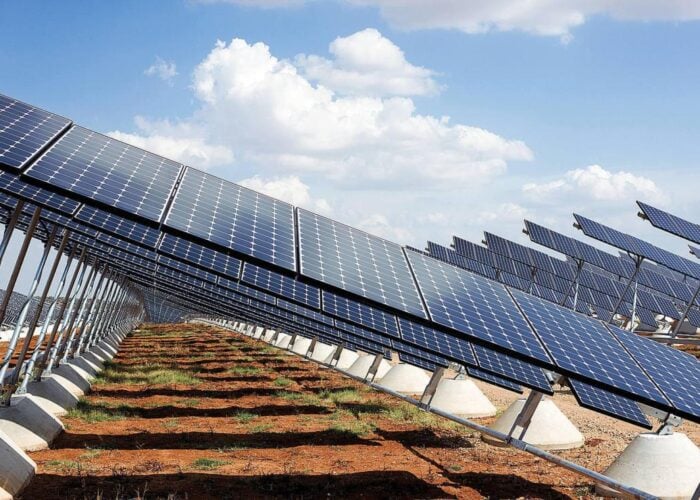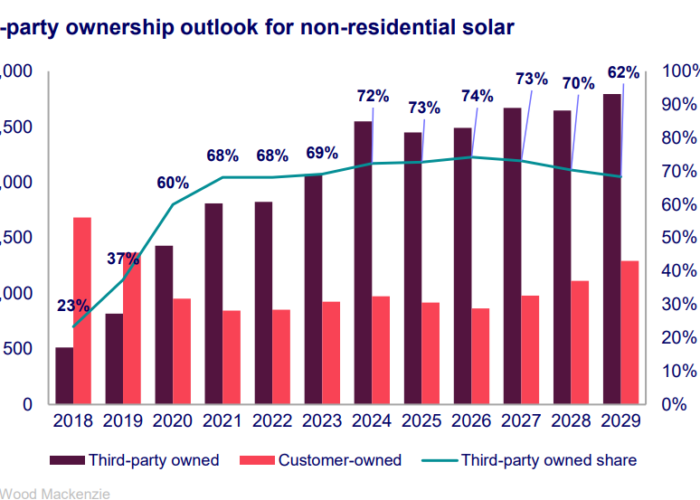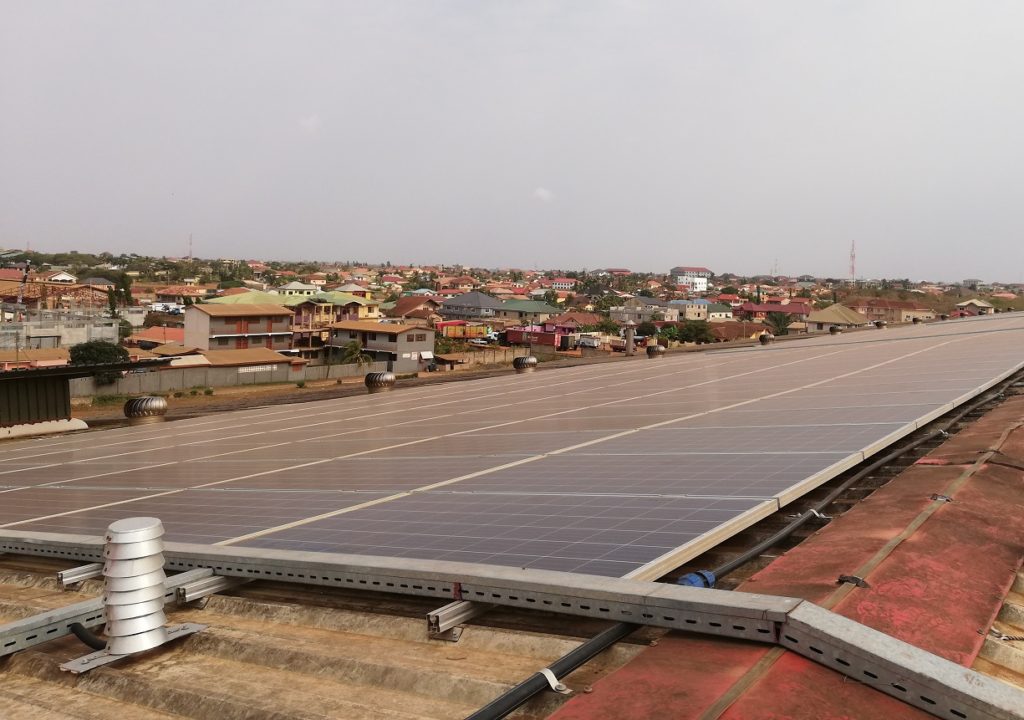
Unreliable methods of calculating irradiation in Africa could slash energy savings for commercial and industrial (C&I) solar buyers and reduce investment returns for developers and investors, new research has suggested.
Biases within the data commonly leveraged to estimate solar production in Africa cause projections to often overstate solar irradiation, according to the research from independent power producer CrossBoundary Energy (CBE), which owns a portfolio of PV projects in Africa.
Unlock unlimited access for 12 whole months of distinctive global analysis
Photovoltaics International is now included.
- Regular insight and analysis of the industry’s biggest developments
- In-depth interviews with the industry’s leading figures
- Unlimited digital access to the PV Tech Power journal catalogue
- Unlimited digital access to the Photovoltaics International journal catalogue
- Access to more than 1,000 technical papers
- Discounts on Solar Media’s portfolio of events, in-person and virtual
Through an analysis of operating solar plants, CBE found that actual irradiation – measured by the firm’s ground-based measurement systems – tended to deviate from the satellite data widely accepted as accurate for making calculations of long-term energy production during solar design.
For two PV projects in Kenya and Ghana, this deviation between actual measured and estimated irradiation was 3-5%, translating into an equivalent deviation of 3-5% in solar power production estimates.
Additionally, due to Africa’s diverse topography, the study suggested that sites outside of major cities experience even higher biases: satellite solar irradiation estimates for sites in highlands, valleys or next to lakes can be biased by up to 20%, potentially resulting in 20% lower energy savings for solar customers due to system underperformance.
The risk to savings is said to be even higher for off-grid mines using solar in tandem with diesel gensets, as they will bear additional fuel costs to offset the unmet solar production needs.
“So long as the biases of African solar irradiation projections and their impacts remain unacknowledged, we as an industry risk reaching an abrupt end to the current boom, as clients achieve less savings and investors realise lower returns than they were sold,” the report reads.
CBE said there are two main ways to estimate solar irradiation: satellite and meteorological models, and ground-based measurement, with the latter used to validate and recalibrate satellite prediction models to ensure that the disparity between actual and estimated irradiance is reduced.
According to the research, the gaps between estimated and actual solar production exists due to a lack of ground-based measurement stations in Africa. The distribution of ground-based validation sites is clustered in Europe, South Africa and overall in temperate regions, with few and sparsely distributed stations serving other parts of Africa, particularly in the tropics.
Solar irradiation inaccuracy is an industry challenge common across the globe, CBE said, and something that even the US and European markets have yet to perfect. However, the large number of solar developers and customers in those regions is said to be driving a competitive market for solar irradiation data providers, which has resulted in improvements to irradiation measurement accuracy.
By contrast, Africa is growing from a low baseline, has a limited number of data providers and ground-based monitoring stations, and most measurement stations are concentrated in urban areas.
To confront the issue, CBE suggests project developers should use multiple irradiation data sources to evaluate a realistic range of solar irradiation and, where possible, use P90 over P50 values when estimating solar productivity, which would avoid misrepresentation of project profitability.
Additionally, C&I solar buyers could also require bidders to submit their solar irradiation and expected production estimates as part of bid applications, allowing competitors with significantly different projections to stand out. “This practice will hold solar developers accountable for using more realistic estimates in their financial models, driving increased demand for high-quality solar irradiation data from databases,” the research said.

